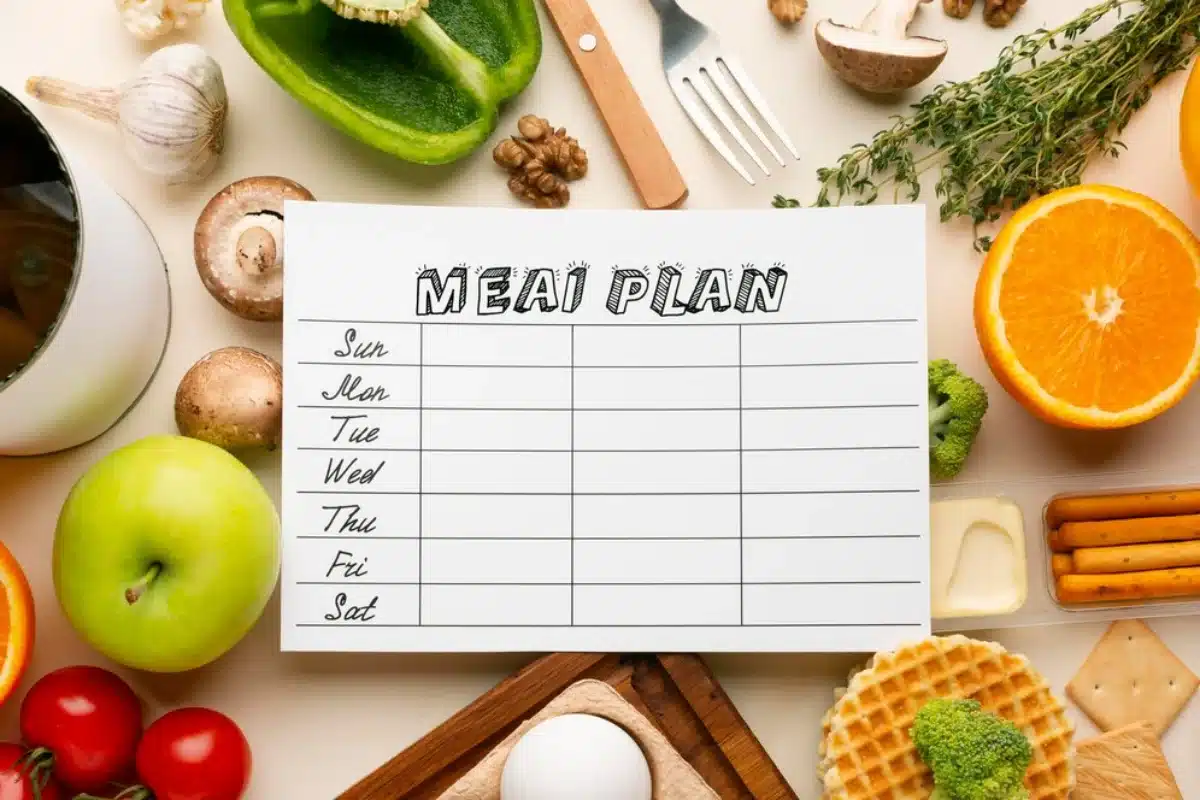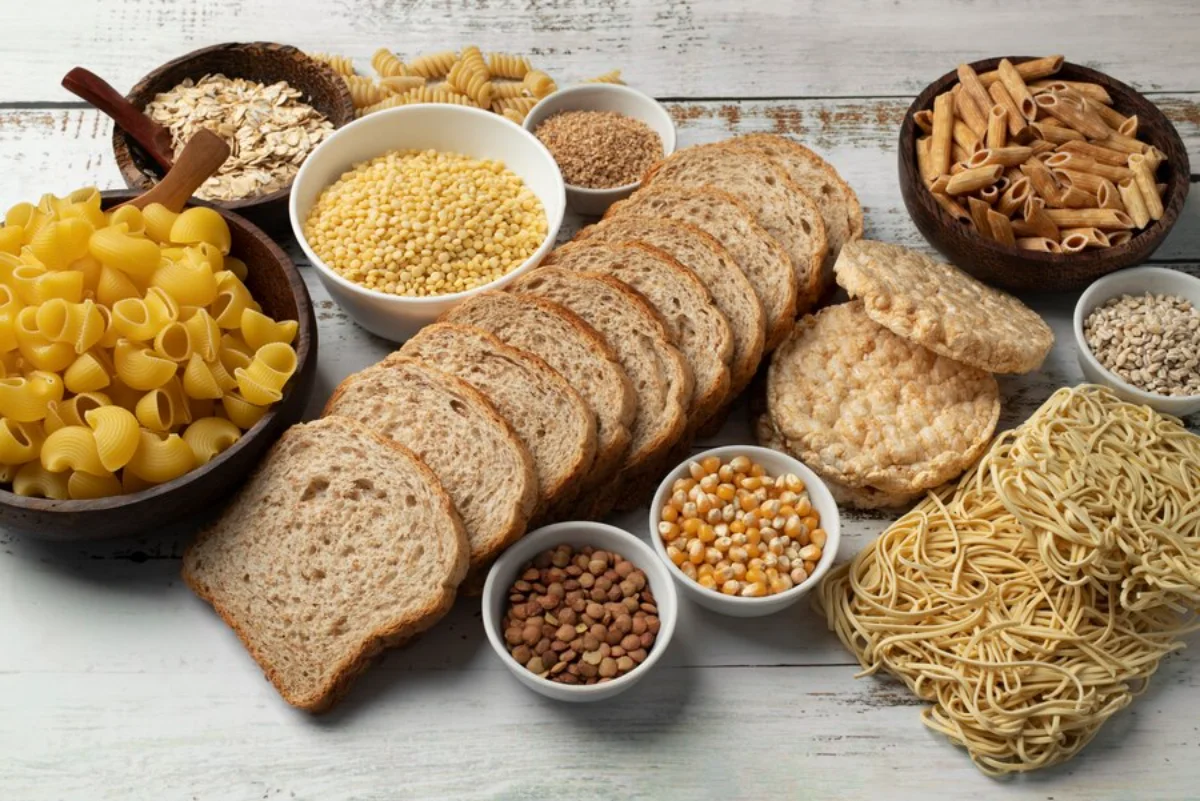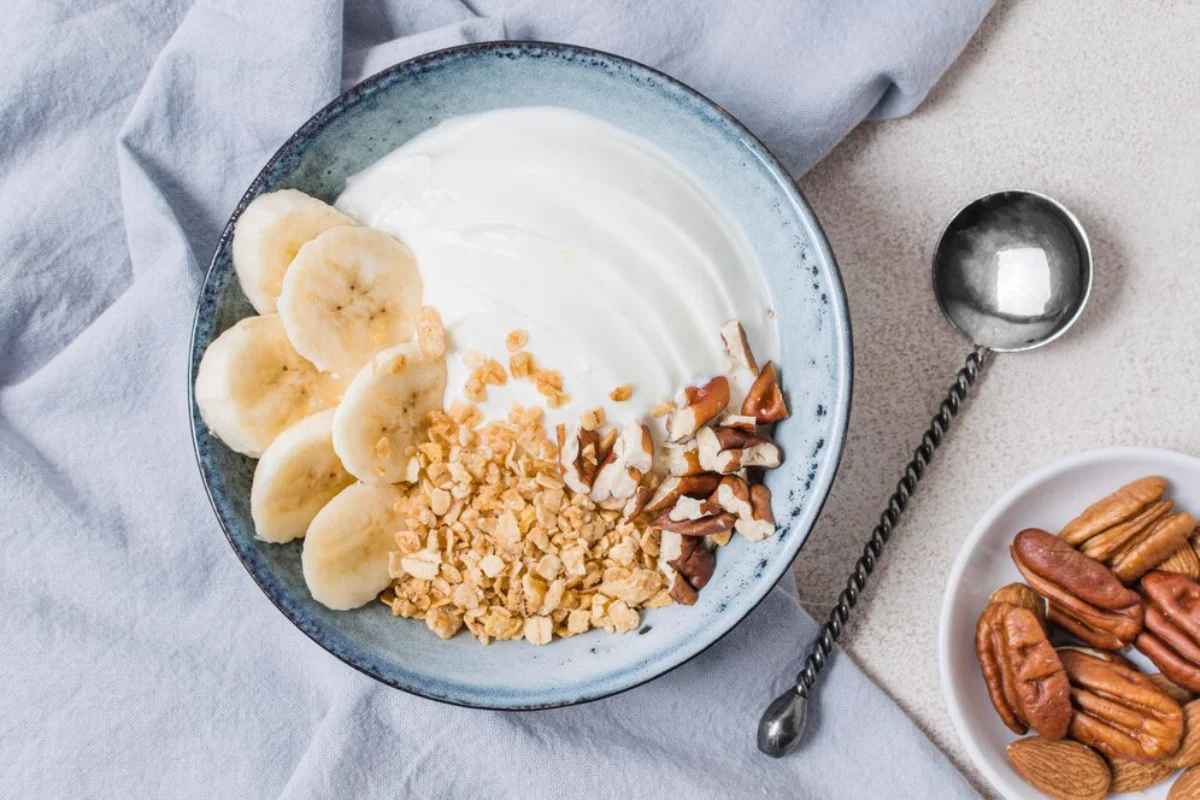
How to Create a Budget-Friendly Healthy Meal Plan
Eating well can be budget-friendly! And while there are still those who believe healthy meals come at a considerable cost, good planning will let you enjoy inexpensive, healthy meals and keep the quality still. Diet budgeting: A low-cost meal prep method.
This guide will examine some simple ways to help you build an affordable, nutritious food plan that suits your lifestyle. It includes meal planning tips, shopping advice, and ideas for budget-friendly meals. Eat well without losing taste or variety.

The Benefits of a Budget-Friendly Healthy Meal Plan
Making a meal plan that is both healthy and affordable offers many benefits:
- Saves Money – Buying in bulk and planning ahead cuts costs.
- Encourages Healthier Eating Habits – A good diet helps you avoid processed foods.
- Reduces Stress – Knowing your meals for the week prevents last-minute decisions.
- Supports Weight Management – Meal prep leads to better portion control.
- Minimises Food Waste – Planning ensures you buy only what you need.

Step-by-Step Guide to Budget-Friendly Meal Planning
1. Set a Weekly or Monthly Food Budget
Start your budget-friendly meal prep by deciding how much you can spend on groceries. A good rule is to budget about £30–£50 per week per person, based on your needs.
- Track your spending for a week to see where you can save.
- Focus on essentials and avoid impulse buys.
- Shop at budget-friendly stores and local markets.
2. Plan Your Meals Around Affordable Nutritious Foods
When planning meals, choose cheap, healthy meals that are also filling. Here are some affordable, nutritious ingredients:
- Whole grains: Brown rice, oats, quinoa, whole wheat pasta.
- Legumes: Lentils, chickpeas, and black beans for protein.
- Seasonal Vegetables: Fresh, affordable produce.
- Frozen Fruits and Vegetables: Nutrient-rich and often cheaper than fresh.
- Eggs: An affordable protein source.
- Canned Fish: Tuna and sardines offer omega-3s.
- Dairy or Dairy Alternatives: Look for budget-friendly options like plain yoghurt.
3. Create a Versatile Grocery List
A clear grocery list helps you stick to your budget. Organise it by category:
Protein Sources
- Chicken thighs
- Beans and lentils
- Tofu and tempeh
- Canned tuna or sardines
Grains & Carbs
- Brown rice
- Oats
- Whole wheat pasta
- Sweet potatoes
Fruits & Vegetables
- Carrots and cabbage
- Apples and bananas
- Frozen mixed vegetables
Pantry Staples
- Olive oil
- Herbs and spices
- Peanut butter
- Tomato paste
4. Batch Cooking and Meal Prepping
Budget-friendly meal prep means you’ll have ready-to-eat meals all week. This helps you avoid ordering takeout.
Tips for Efficient Meal Prep:
- Cook in Bulk: Make large portions of staples like rice and beans.
- Use Multi-Purpose Ingredients: Choose items that work in several meals.
- Portion Meals in Containers: Store meals for easy access.
5. Reduce Food Waste
Minimising food waste is key to saving money. Here’s how to make the most of your groceries:
- Use leftovers creatively – Turn last night’s veggies into soup.
- Freeze extra portions – Save meals for later instead of wasting food.
- Make homemade stocks and broths – Use scraps to create a nutrient-rich broth.

Affordable and Nutritious Meal Ideas
Budget-Friendly Breakfasts
- Overnight oats with banana and peanut butter
- Scrambled eggs with whole wheat toast
- Greek yoghurt with honey and granola
Cheap and Healthy Lunches
- Lentil soup with whole-grain bread
- Rice and black beans with avocado
- Vegetable stir-fry with tofu and brown rice
Dinner Ideas on a Budget
- Chickpea and spinach curry with rice
- Baked sweet potatoes with black beans
- Spaghetti with homemade tomato sauce and lentils
Low-Cost Healthy Snacks
- Hummus with carrot sticks
- Hard-boiled eggs
- Homemade popcorn with olive oil
- Fruit with peanut butter
Common Myths About Eating Healthy on a Budget
Myth 1: Healthy Food is Expensive
Truth: Many affordable, nutritious food options exist, like lentils and seasonal produce. Planning is key.
Myth 2: Meal Prepping Takes Too Much Time
The truth is that just 1-2 hours of meal prep can save you time during the week and limit expensive convenience foods.
Myth 3: Frozen Vegetables are Less Nutritious
Truth: Frozen vegetables keep nutrients and can be cheaper than fresh, especially out of season.
Start Making a Budget Meal Plan
With the right attitude, you can eat healthy and save money. A well-balanced meal plan involves concentrating on inexpensive, healthy meals, doing budget meal prep, and incorporating low-cost nourishing food.
You begin by making a grocery budget, reviewing meal options using the most affordable stables, and getting all in on meal preparation. You can eat well and stay healthy without breaking the bank with some minor tweaks.
You can also customise your recipes. This way, you’ll be able to incorporate your favourite elements into the dishes you make. If you already have such a recipe in mind, share it with us in the comments.
What’s the healthy meal you end up making for cheap? Share your hacks in the comments!


